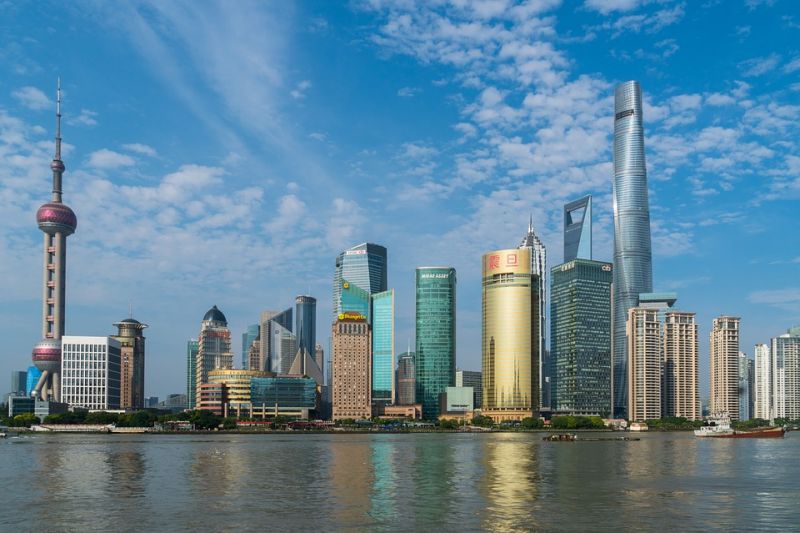China's 'Sponge Cities' Are Turning Streets Green To Combat Flooding
Published on by Water Network Research, Official research team of The Water Network in Government
Replacing concrete pavements with wetlands, green rooftops and rain gardens means stormwater is absorbed back into the land, making water work for the city instead of against it.
A small part of Shanghai is turning greener, street by street.

Shanghai, Source: Pixabay
In the Lingang district, pavements are lined with trees, gardens and public squares full of plant beds. Between cranes and construction sites, plans display new buildings enveloped in the green and blue of parks, streams, and water features.
Lingang (also known as Nanhui after it was renamed in 2012) has a mission. As Shanghai’s “sponge city”, it is piloting an ecologically friendly alternative to traditional flood defences and drainage systems in the coastal city which faces long-term risks from rising sea levels.
Rapid concrete development in China has often blocked the natural flow of water with hard, impervious surfaces; to reverse this, the sponge city concept focuses on green infrastructure, such as wetland areas, rooftop plants and rain gardens.
In Lingang, the wide streets are built with permeable pavements, allowing water to drain to the soil. Central reservations are used as rain gardens, filled with soil and plants. The large manmade Dishui Lake helps control the flow of water, and buildings feature green rooftops and water tanks.
Since disastrous large-scale flooding in Beijing in 2012, flood prevention has rocketed up the state agenda. The Sponge City initiative was launched in 2015 with 16 “model sponge cities”, before being extended to 30, including Shanghai.
“The first thing is to try and preserve or restore natural waterways, because that is the natural way to reduce the flooding risk,” says Prof Hui Li at Tongji University. “In Wuhan, for example, the main problem is that a lot of small rivers were filled in during building. That is a benefit the Lingang area has, as there is still a lot of agricultural land and a manmade lake which has capacity to hold more water during heavy rain.
By 2020, the government wants 20% of the built area of each pilot district to have sponge city functions, meaning at least 70% of stormwater runoff should be captured, reused, or absorbed by the ground. By 2030, a huge 80% of each city should meet this requirement.
Read full article: The Guardian
Media
Taxonomy
- Technology
- Smart City
- Climate Change
- Urban Water
- Urban Water Supply
- Infrastructure
- Urban Drainage System
- Urban Water Infrastructure
- Urban Design
- Climate